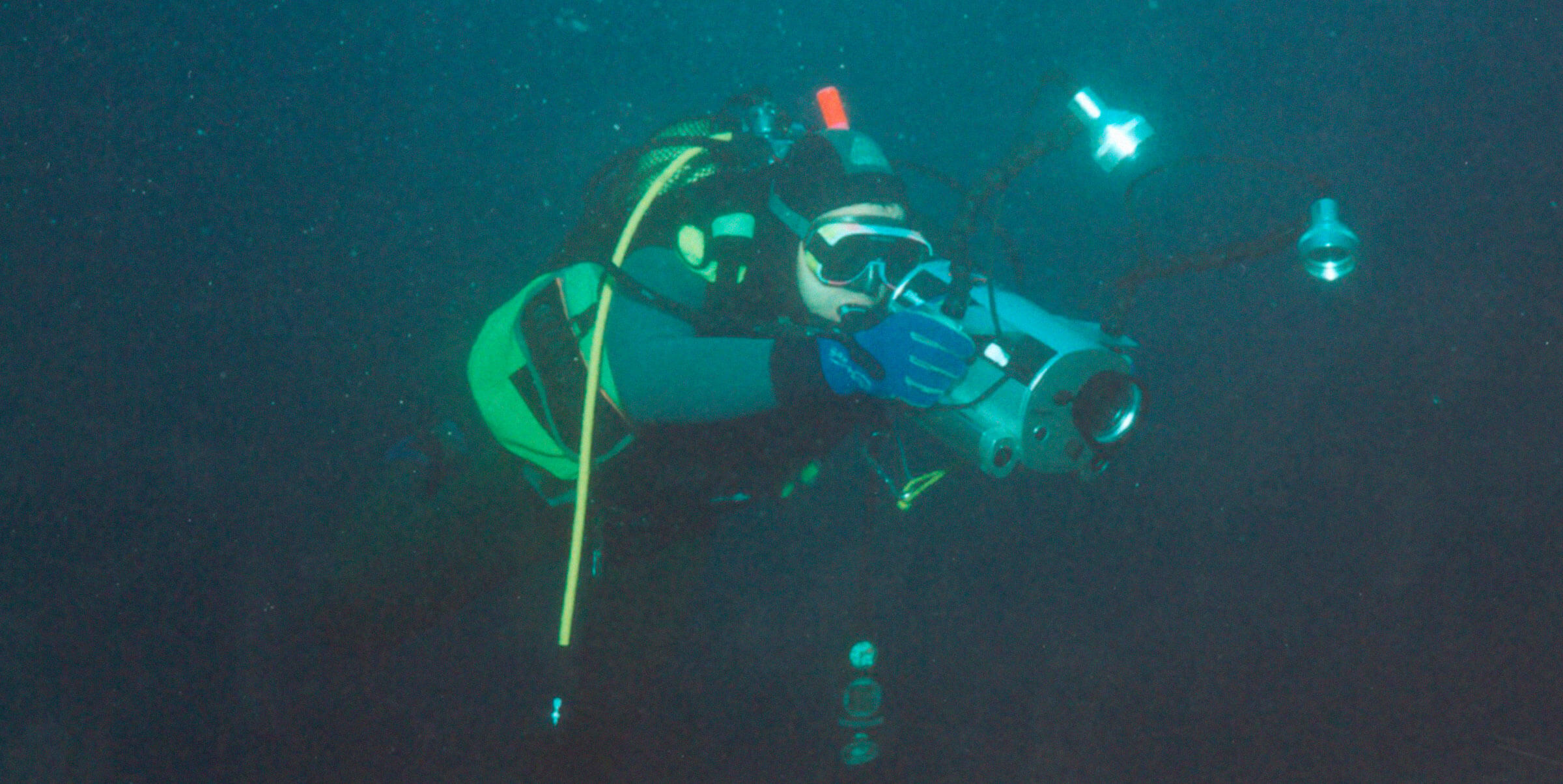NEAT (Nested Environmental Status Assessment Tool)
To assess the environmental status of the marine environment and impacts at sea

NEAT (Nested Environmental status Assessment Tool) is a free software that serves to assess the environmental status of the marine environment, in principle within the European Marine Strategy Directive (EMD) but can be used to assess impacts at sea (whether they are the effects of human activities on marine biodiversity, such as variations due to climate change). The software can be downloaded at www.devotes-project.eu/neat
This assessment is made in an integrated manner, under the principles of ecosystem management, including multiple ecosystem components, multiple habitats, indicators and the 11 DEME descriptors.
The challenge of carrying out complex evaluations thanks to the NEAT tool is now much simpler
Software download
- NEAT 1.3 (Windows)
- NEAT 1.3 (Mac)
- NEAT 1.3 – GUIDE
- NEAT 1.4 (Windows)
- NEAT 1.4 (Mac)
- NEAT 1.4 – GUIDE
- NEAT WEBINAR
Sectors of application
- Administrations in charge of marine environmental assessment.
- Consultancies.
- Scientific research centres.
- Any sector with an activity in the marine environment: oil and gas, aquaculture, fishing, tourism, ports, etc.
Benefits
- Comply with the legislation of Directives such as the DEME or the Habitats Directive.
- Carry out environmental impact studie
The NEAT software has been successfully applied in Europe, the Caspian Sea, the Mediterranean, Saudi Arabia and the deep Atlantic, and in all cases its effectiveness has been proven
Proven solutions
- Application to 10 case studies around Europe: Uusitalo, L., H. Blanchet, J. Andersen, O. Beauchard, T. Berg, S. Bianchelli, A. Cantafaro, J. Carstensen, L. Carugati, S. Cochrane, R. Danovaro, A.-S. Heiskanen, V. Karvinen, S. Moncheva, C. Murray, J. Neto, H. Nygård, M. Pantazi, N. Papadopoulou, N. Simboura, G. Srėbalienė, M. C. Uyarra, A. Borja, 2016. Indicator-based assessment of marine biological diversity – lessons from 10 case studies across the European Seas. Frontiers in Marine Science, 3: 10.3389/fmars.2016.00159.
- Application to the Caspian Sea: Nemati, H., M. R. Shokri, Z. Ramezanpour, G. H. Ebrahimi Pour, I. Muxika, Á. Borja, 2017. Using multiple indicators to assess the environmental status in impacted and non-impacted bathing waters in the Iranian Caspian Sea. Ecological Indicators, 82: 175-182.
- It is currently being applied in the Mediterranean, Saudi Arabia, and deep areas of the Atlantic, among others.

